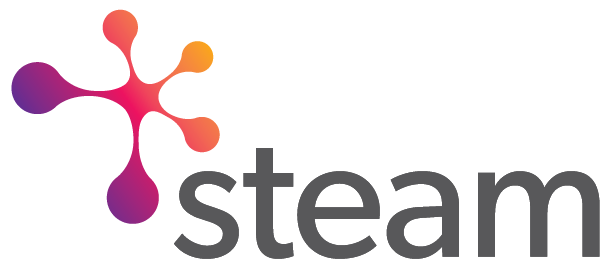3.10 Tailoring activity
Your task is to get the British public engaged with a controversial issue of your choice. Go back to the segments identified in the PAS survey and select two or more to work with. For each one, design a new activity that will allow participants to learn about your topic. However, the activity should also be something those groups want to attend. Consider their interests, needs and behaviours. How can each event target these and align itself with the participant’s various forms of capital?
Remind yourself of the different segments here.

